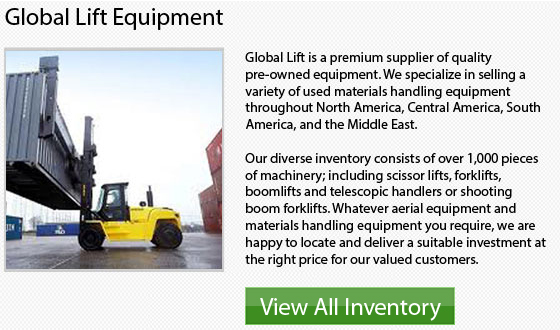
Even though there are numerous businesses that begin employees in the receiving area, they will be much better off to allot pro's to handle the put-away tasks. Experienced individuals who know and understand the products seldom mix items which are similar in appearance but are somewhat different and they truly know how to properly stock shelves and bins and hence, work more effectively.
It is a good idea if you have new employees to start them out by filling orders. This provides them with a great chance to learn the products, clients and paperwork along with any electronic inventory system that could take some getting used to. Furthermore, it is easy to check their effectiveness by going over their work orders once they are packed for delivery.
The next suggestion is to plan the truck arrival, as you really do not want all trucks to arrive at the same time. By scheduling arrivals and being organized, you will eliminate pressure on shippers and receivers and also eliminate too much waiting time in the yard. The more efficiently you can schedule the arrival of your trucks, the fewer dock doors you would have to operate which would really save you a lot of money on utilities in the long run.
Operate with different shifts for shipping and receiving. If you can, receive goods during one shift and separate your shipping to a different shift. Organizing yourself in this manner may allow you to lessen the staging area needs by 50%. You may also be able to eliminate time-wasting bottlenecks within the warehouse. Additionally, by separating your shipping and receiving, you will know which shift to look over if any discrepancies occur down the road and could keep track of orders more effectively.
If the unloading process is sped up, this would really help you out because the unloaded truck could congest your yard. According to studies, about 60% of mass merchants could unload trucks in less than 60 minutes, while roughly 20 to 30% of the grocery business works at a similar standard. Take time to observe and time operations in order to see precisely how your facility measures up overall.
Floor maintenance is important since floor defects can cause lift truck operators to slow down or take detours. This can lead to a reduction of productivity. Potholes or deteriorating floor section seams or uneven floors also lead to vehicle damage and wheel wear. In some situations, floors which are really damaged can result in product damage and loads tipping.